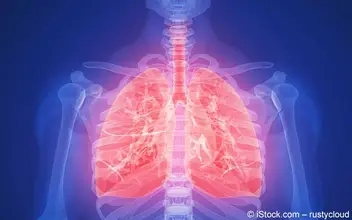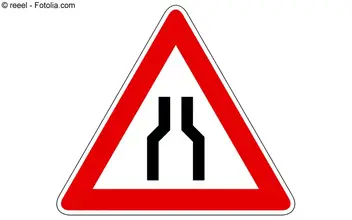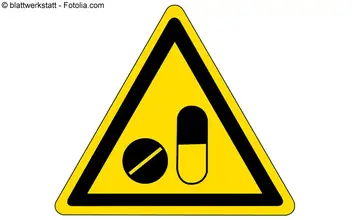ERS 2021: Lungenembolie – steckt Krebs dahinter?
Die Leitlinien von ESC und ERS zu Diagnose und Management von Patienten mit Lungenembolien hatte 2019 einige Aspekte nur gestreift. Ein in Vorbereitung befindliches Positionspapier holt diese Details nach – zum Beispiel zum Thema Krebsscreening bei Lungenembolie [1].

Liebe Leserin, lieber Leser,
der Inhalt dieses Artikels ist nur für medizinische Fachkreise zugelassen. Wenn Sie zu diesen Fachkreisen gehören, melden Sie sich bitte auf unserer Seite an. Sie werden dann automatisch auf die gewünschte Seite weitergeleitet.
Quelle:
- Prof. Dr. FA Erik Klok: „ESC/ERS position paper on optimal follow-up after acute pulmonary embolism“, Vortrag anlässlich des virtuellen ERS International Congress 2021, 5. September 2021
- Konstantinides SV, Meyer G, Becattini C et al. (2019) 2019 ESC Guidelines for the diagnosis and management of acute pulmonary embolism developed in collaboration with the European Respiratory Society (ERS): The Task Force for the diagnosis and management of acute pulmonary embolism of the European Society of Cardiology (ESC). European Respiratory Journal. DOI: 10.1183/13993003.01647-2019.
- Mulder FI, Horváth-Puhó E, van Es N et al. (2021) Venous thromboembolism in cancer patients: a population-based cohort study. Blood. DOI: 10.1182/blood.2020007338.
- Prof. Dr. Laurent Bertoletti: „Treatment and prevention of cancer-associated venous thromboembolism.“ Vortrag anlässlich des virtuellen ERS International Congress 2021, 5. September 2021
- Kahale LA, Hakoum MB, Tsolakian IG et al. (2018). Anticoagulation for the long-term treatment of venous thromboembolism in people with cancer. Cochrane Database Systematic Reviews. DOI: 10.1002/14651858.CD006650.pub5.
- Bosch FTM, Mulder FI, Kamphuisen PW et al. (2020) Primary thromboprophylaxis in ambulatory cancer patients with a high Khorana score: a systematic review and meta-analysis. Blood Advances. Doi: 10.1182/bloodadvances.2020003115.
- Khorana AA , Kuderer NM, Culakova E et al. (2008) Development and validation of a predictive model for chemotherapy-associated thrombosis. Blood. Doi: 10.1182/blood-2007-10-116327
- Mahé I, Chidiac J, Bertoletti L et al. (2017) The Clinical Course of Venous Thromboembolism May Differ According to Cancer Site.. American Journal of Medicine. DOI: 10.1016/j.amjmed.2016.10.017.
Tabelle: KHORANA-Score (nach [4, 7])
| Patientencharakteristik | Score |
Krebslokalisation - Magen- und Pankreaskarzinomen (sehr hohes Risiko) - Lungenkrebs, Lymphomen, gynäkologischen- Harnblasen und Hodentumoren (hohes Risiko) | 2 1 |
| Thrombozytenzahl ≥ 350.000 mm³ vor Chemotherapie | 1 |
| Anämie (Hb < 10 g/dl) oder Therapie mit Eyrthropoietin-stimulierenden Substanzen | 1 |
| Leukozytenzahl > 11 x 109/l vor Chemotherapie | 1 |
| Body Mass Index (BMI) ≥ 35 kg/m² | 1 |
Score = 0 → niedriges VTE-Risiko (< 1%) Score 1-2 → intermediäres VTE-Risiko (etwa 2%) Score ≥ 3 → hohes VTE-Risiko (etwa 7%) | |
Anzeige










